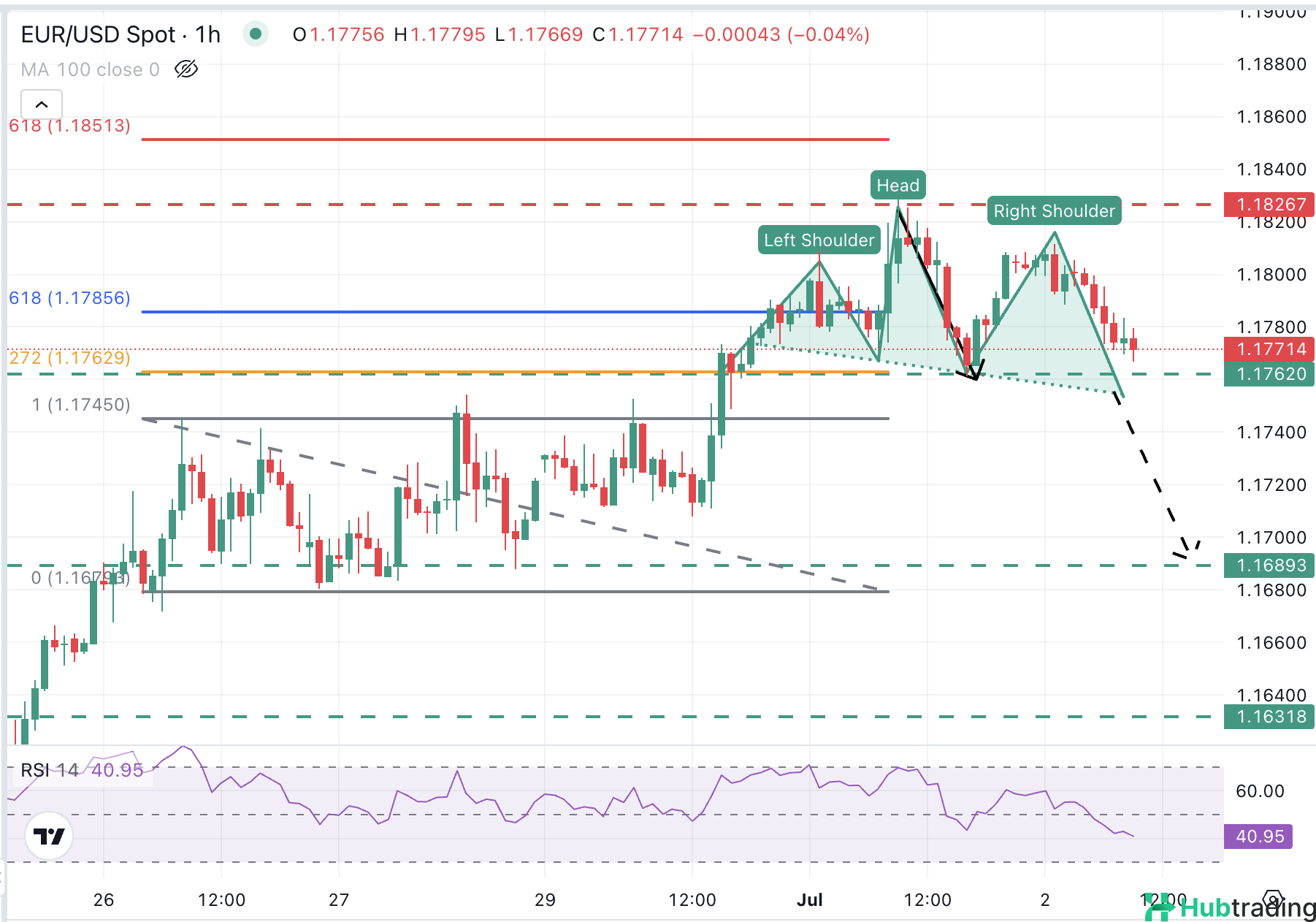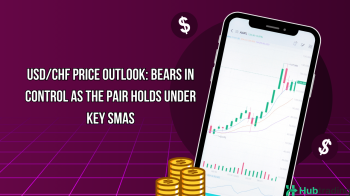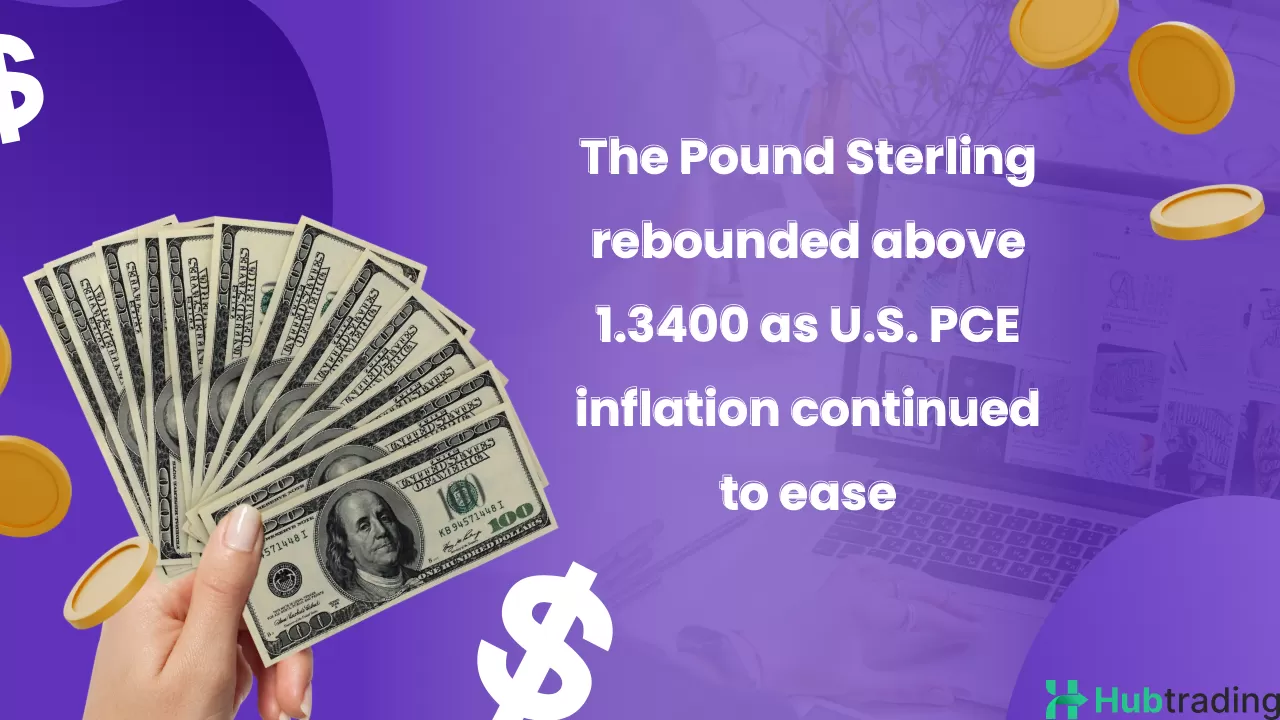-
The Euro is retreating as the US Dollar rebounds from long-term lows.
-
Hawkish signals from Powell and robust US Job Openings data are boosting the Greenback.
-
EUR/USD faces increasing bearish pressure after failing to hold above the 1.1800 level.
The EUR/USD pair continues its pullback from recent multi-month highs near 1.1830, trading around 1.1770 during Wednesday’s European session. A surprise uptick in Eurozone unemployment for May, alongside dovish commentary from ECB officials, has weighed on the Euro.
Meanwhile, the US Dollar is finding renewed strength, supported by upbeat employment data and a steady tone from Federal Reserve Chair Jerome Powell. Speaking at the ECB’s Forum on Central Banking in Sintra, Powell reiterated a cautious "wait-and-see" approach, reinforcing the Fed’s data-dependent stance.
On Tuesday, the US JOLTS Job Openings for June came in stronger than expected, bolstering the Greenback. Additionally, the ISM Manufacturing PMI beat forecasts, with its Production component returning to expansion for the first time since February and prices rising—further evidence of economic resilience in the US.
Despite the Euro’s recent weakness, not all Eurozone data was negative. German manufacturing activity showed improvement, and the rise in German unemployment came in below expectations. Moreover, Eurozone CPI data confirmed inflation is holding near the ECB’s target, offering some underlying support to the common currency.
Looking ahead, markets await comments from ECB President Christine Lagarde at the Sintra Summit later today. In the US, attention turns to the ADP Employment Change report for June, a key preview ahead of Thursday’s highly anticipated Nonfarm Payrolls release.
Daily Market Movers: Strong U.S. Data and Powell’s Steadiness Lift the Dollar
- The U.S. Dollar gained ground on Wednesday, supported by upbeat economic data and a composed Federal Reserve Chair Jerome Powell, who struck a cautious tone during his speech at the ECB’s Sintra Forum. Powell dismissed political pressures and reiterated that the Fed would "wait and learn more" before considering rate cuts, citing uncertainty around the impact of trade tariffs on inflation.
- Adding fuel to the Dollar’s rebound, the U.S. Bureau of Labor Statistics reported 7.769 million job openings in May—well above the 7.3 million expected—underlining the continued strength of the U.S. labor market. Investors are now turning their attention to Thursday’s Nonfarm Payrolls for further clues on Fed policy direction.
- Meanwhile, the U.S. ISM Manufacturing PMI rose to 49.0 in June from 48.5 in May, surpassing forecasts of 48.8. The Production sub-index notably jumped to 50.3—marking a return to expansion—although the Employment component declined unexpectedly, slightly offsetting the report’s overall positive tone.
- In contrast, the Euro came under pressure as the Eurozone unemployment rate ticked up to 6.3% in May, versus expectations for a steady 6.2%. ECB officials, including Olli Rehn and Mario Centeno, warned about the risks of entrenched low inflation, hinting at the possibility of further monetary easing.
- Markets are now eyeing the U.S. ADP Employment Change report later today, which is expected to show a 95,000 job gain in June, up from May’s modest 37,000 increase.
EUR/USD Technical Outlook: Bearish Reversal Develops Below 1.1800

EUR/USD has entered a corrective phase after a sharp 2% rally pushed the pair to nearly four-year highs around 1.1830. The failure to hold above 1.1800 on Wednesday has led to renewed bearish momentum, with the pair now trading lower near 1.1770.
On the 1-hour chart, a lower high has formed at 1.1810, signaling weakening bullish strength. The 14-period RSI has moved into negative territory, and a potential Head & Shoulders pattern is emerging. The neckline sits at Tuesday’s low of 1.1760. A break below this level would confirm the pattern, pointing to a projected downside target near 1.1690. Further support lies at the June 27 low of 1.1680 and the June 26 low of 1.1650.
On the upside, immediate resistance is seen at 1.1810, followed by Tuesday’s high at 1.1830. If the pair regains momentum, the next bullish target is at 1.1850—the 261.8% Fibonacci extension of the June 26–30 range.





